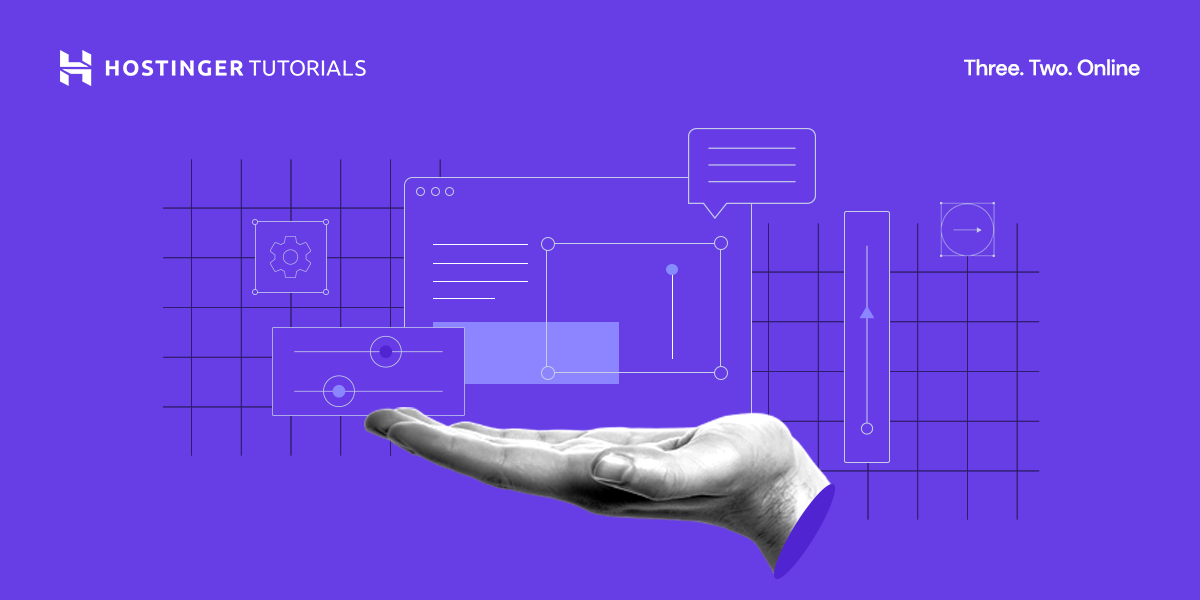Assessing Your Website’s Current Security Measures
Before making any changes to your e-commerce website’s security, it’s important to assess the current measures in place. Check if you have SSL encryption, firewall protection, and secure payment gateways. Understanding your current security situation will help you identify areas that need improvement.
Check for SSL Encryption
SSL encryption is crucial for securing sensitive information transmitted between your website and users. Make sure your website has an SSL certificate installed to encrypt data such as customer’s personal details, payment information, and login credentials. This will protect your customers from cyber attacks like data breaches and phishing scams.
Evaluate Firewall Protection
Firewall protection acts as a barrier between your website and potential threats from the internet. Check if your website has a robust firewall system in place to monitor and filter incoming and outgoing network traffic. This will help prevent unauthorized access, malware infections, and DDoS attacks that could compromise your e-commerce website.
Verify Secure Payment Gateways
Secure payment gateways are essential for protecting your customers’ financial information during online transactions. Ensure that your e-commerce website integrates reputable payment gateways with built-in security features such as encryption, fraud detection, and PCI compliance. This will instill trust in your customers and safeguard their payment data from cyber threats.
Strengthening User Authentication
User authentication is a critical aspect of e-commerce website security as it verifies the identity of users accessing your platform. Implementing strong authentication methods will help prevent unauthorized access and account takeover incidents.
Require Strong Passwords
Encourage your customers to create strong passwords that are unique, complex, and difficult to guess. Implement password requirements such as minimum length, special characters, and regular password changes to enhance security. Additionally, consider implementing multi-factor authentication to add an extra layer of protection to user accounts.
Implement CAPTCHA Verification
CAPTCHA (Completely Automated Public Turing test to tell Computers and Humans Apart) verification is an effective way to distinguish between human users and automated bots. Integrate CAPTCHA challenges into your website’s login, registration, and checkout processes to prevent credential stuffing attacks and spam registrations. This will reduce the risk of account compromises and fraudulent activities on your e-commerce platform.
Securing Your Website’s Backend
Protecting the backend of your e-commerce website is crucial for safeguarding sensitive data, managing website functionality, and preventing security breaches. By implementing robust security measures, you can fortify your website against potential vulnerabilities and cyber threats.
Update Software Regularly
Keep your website’s software, including content management systems (CMS), plugins, and extensions, up to date to patch security vulnerabilities and bugs. Regularly check for software updates released by developers and install them promptly to prevent exploitation by hackers. This will help minimize the risk of cyber attacks targeting outdated software components.
Secure File Uploads
File uploads on your e-commerce website can pose security risks if not handled properly. Implement restrictions on file types, sizes, and permissions to prevent malicious files from being uploaded to your server. Scan uploaded files for malware and viruses using security tools to detect and remove any potential threats. This will protect your website from file-based attacks and data breaches.
Backup Your Website Regularly
Regularly backing up your e-commerce website’s data is essential for disaster recovery and data protection in case of security incidents or system failures. Set up automated backup schedules to create copies of your website’s files, databases, and configurations. Store backups securely on external servers or cloud storage services to ensure that you can restore your website quickly in the event of data loss or website compromise.
Protecting Customer Data
Ensuring the security of customer data is paramount for building trust and credibility with your e-commerce website users. By implementing data protection measures and privacy policies, you can safeguard sensitive information and comply with data protection regulations.
Encrypt Customer Data
Encrypting customer data stored on your e-commerce website’s databases and servers is essential for protecting it from unauthorized access and data breaches. Use secure encryption algorithms to encode sensitive information such as credit card details, addresses, and contact information. Implement data encryption protocols to secure data transmission between the user’s browser and your website’s servers.
Comply with Data Privacy Laws
Adhere to data privacy laws and regulations such as the General Data Protection Regulation (GDPR) and the California Consumer Privacy Act (CCPA) to protect customer data and privacy rights. Clearly outline your data handling practices, data retention policies, and consent mechanisms in your privacy policy to inform users about how their data is collected, processed, and stored. Obtain explicit consent from users before collecting any personal information and provide them with options to control their data preferences.
Monitoring and Detection of Security Threats
Continuous monitoring and detection of security threats are essential for identifying and mitigating potential risks to your e-commerce website. By implementing advanced security monitoring tools and threat detection measures, you can proactively respond to cybersecurity incidents and protect your website from cyber attacks.
Implement Intrusion Detection Systems
Intrusion detection systems (IDS) can help monitor network traffic, detect suspicious activities, and alert you to potential security breaches. Deploy IDS solutions on your e-commerce website to identify unauthorized access attempts, malware infections, and abnormal behavior patterns. Configure IDS rules to trigger alerts when security incidents occur and take immediate action to investigate and resolve them.
Conduct Regular Security Audits
Perform regular security audits and vulnerability assessments to identify weaknesses in your e-commerce website’s security posture. Use automated scanning tools to check for vulnerabilities in your website’s code, configurations, and third-party integrations. Conduct penetration testing to simulate real-world cyber attacks and assess the effectiveness of your security controls. Address any identified vulnerabilities promptly to prevent them from being exploited by malicious actors.
Educating Your Team and Customers
Educating your team members and customers about cybersecurity best practices and security awareness is crucial for maintaining a secure e-commerce website environment. By providing training, resources, and guidelines on cybersecurity, you can empower your stakeholders to recognize threats and respond appropriately to security incidents.
Cybersecurity Training for Employees
Provide cybersecurity training for your employees to raise awareness about common cyber threats, phishing scams, and social engineering attacks. Educate them on recognizing suspicious emails, links, and attachments that could compromise your e-commerce website’s security. Implement security policies and procedures for handling sensitive data, access controls, and incident response protocols to ensure that your team members follow best practices.
Customer Security Awareness
Educate your customers about online security risks, safe browsing habits, and secure online shopping practices. Offer guidance on creating strong passwords, avoiding public Wi-Fi for sensitive transactions, and verifying website authenticity before making purchases. Provide resources such as security FAQs, tips, and information on data protection to help customers protect their personal information while interacting with your e-commerce website.
Conclusion
Securing your e-commerce website is a multi-faceted process that requires a proactive approach, continuous monitoring, and a commitment to cybersecurity best practices. By assessing your current security measures, strengthening user authentication, securing your website’s backend, protecting customer data, monitoring security threats, and educating your team and customers, you can create a secure and trustworthy online shopping experience for your users. Remember that cybersecurity is an ongoing effort that requires vigilance, awareness, and collaboration to safeguard your e-commerce website from cyber threats. Implement these security measures diligently and stay informed about evolving cyber risks to keep your website safe and secure.












